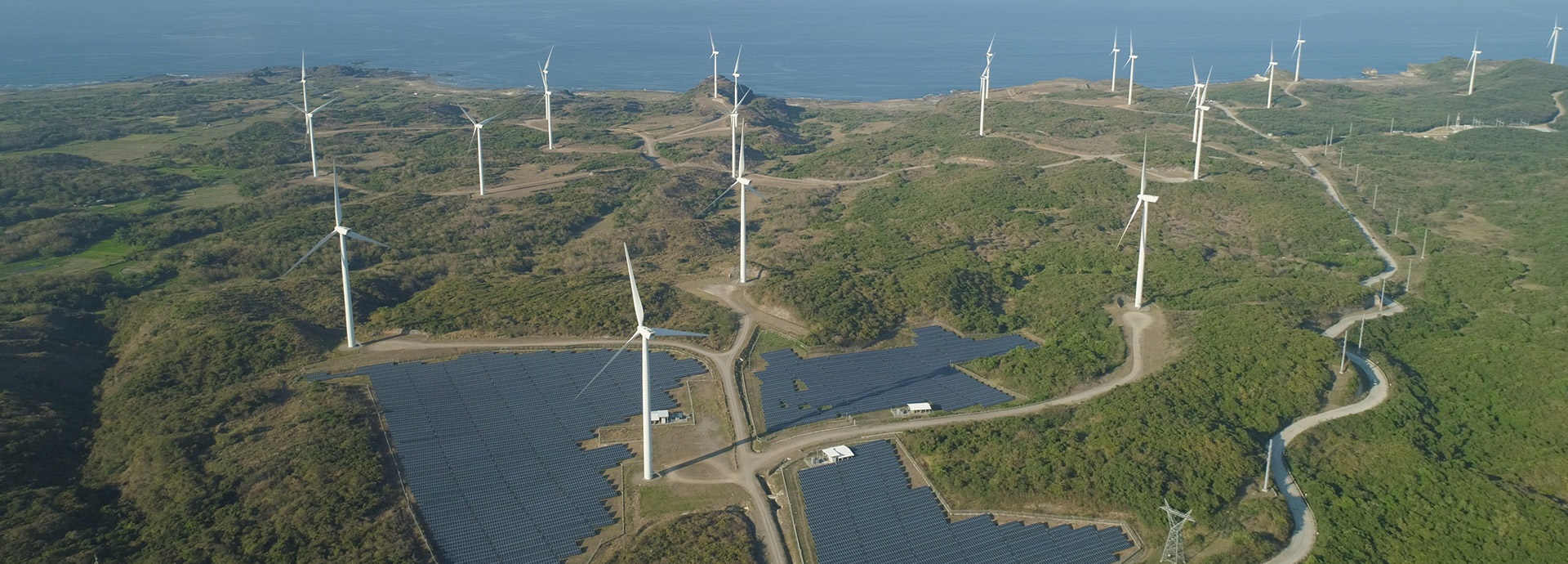

A 100% renewable power system across India by 2050
India has committed in the 2015 Paris Agreement to reduce greenhouse gas (GHG) emissions intensity by 33–35% below 2005 levels and achieve 40% of installed electric power capacity from non-fossil sources by 2030. In its efforts to further its global climate leadership, at the UN General Assembly in 2019 the country pledged a target of 450 GW of renewable energy (RE) to be achieved by 2030, which translates into about 60% of the power capacity being renewables. India has taken remarkable strides forward in reforming its power sector in recent decades, with electricity shortages declining and connectivity approaching almost all households across the country.

Contents
- Introduction
- Transitioning to fully renewable powered energy system
- Results: Energy transition across the Indian power sector
- Annex
- Results
- Gujarat
- Telangana
- Andhra Pradesh
- Karnataka
- Tamil Nadu
- Methods
- Technical and financial assumptions
- Results
- References
Download now





